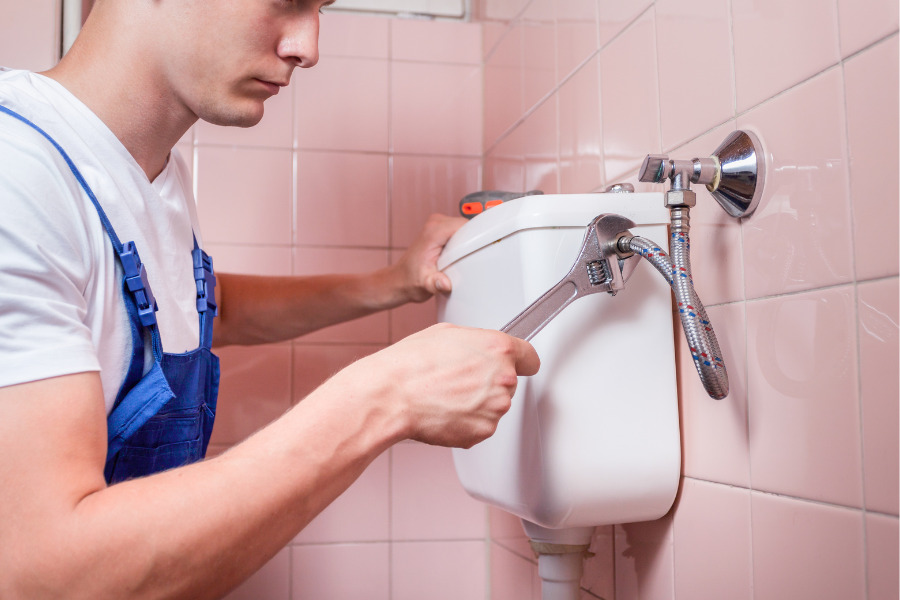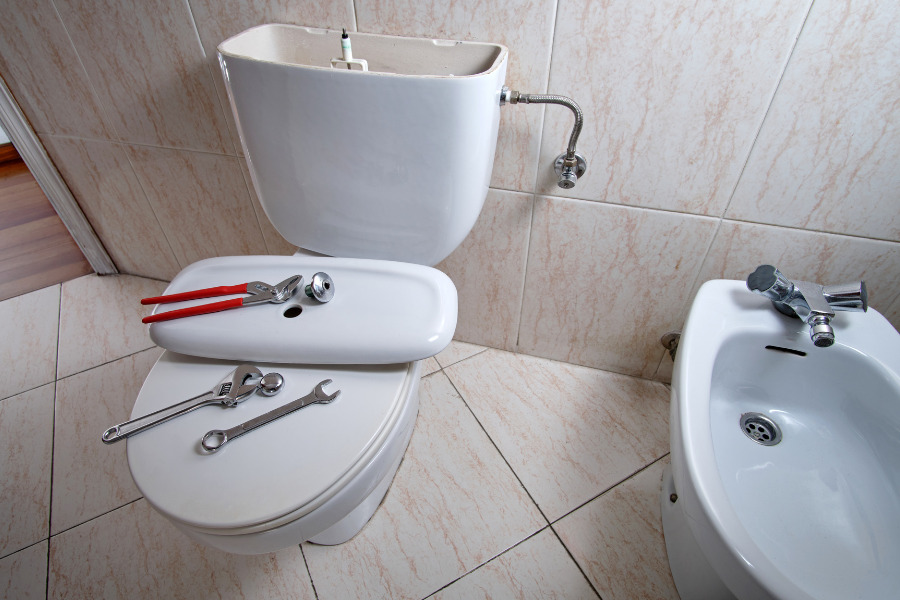How to Fix a Running Toilet
In addition to feeling irritating, a running toilet can waste a lot of water. It’s important to take immediate action if you hear water running continuously from your toilet bowl in order to prevent water waste and possible damage. The good news is that repairing a running toilet is a pretty easy procedure that can be carried out with a few simple tools and a little troubleshooting. In this guide, we’ll lead you through the steps of fixing a running toilet.

Identify the Problem:
Finding the cause of a running toilet problem is the first step in solving it. Lift the lid of the toilet tank to see its inner parts. There are three typical causes of a toilet running continuously
Flapper Valve:
The flapper valve seals the flush valve and is made of rubber. Water from the tank may leak into the bowl if it is worn out or not installed correctly.
Float and Fill Valve:
This device controls the tank’s water level. Water will continuously flow into the tank if the float is set too high or the fill valve is broken.
Overflow Tube:
This device keeps the tank from overflowing. If water is continuously pouring into the overflow tube, there is a fill valve issue.
Adjust The Flapper Valve:

The flapper valve may need to be set or changed if that is the problem. Start by removing the water supply to the toilet in order to fix it. After flushing the toilet to empty the tank, repair the flapper valve. Reposition it if necessary so that it completely encloses the flush valve opening. Replace it with a new flapper valve if it is worn out. Check the valve seat for any dirt or mineral buildup and clean it if necessary to ensure a tight seal.
Check The Float and Fill Valves:

Start by changing the float level to address problems with the float and fill valve. To lower the water level, you might need to adjust the screws or clip mechanism or bend the float arm downward, depending on the type of toilet. Flush the toilet to verify that the water stops at the correct level. Replace the fill valve if the issue doesn’t go away. Remove the old fill valve, flush the toilet, and shut off the water supply. Install a fresh one as directed by the manufacturer, making sure that it is positioned correctly and fixed. To get the desired water level, adjust the float level if necessary.
Inspect The Overflow Tube:
A fill valve issue is indicated by a steady flow of water into the overflow tube. Check the water level in the tank first; it has to be about an inch below the overflow tube. Adjust the float as directed in the preceding step if the water level is higher. The fill valve might need to be replaced if the water level is correct but water is still flowing into the overflow tube. To replace the fill valve and ensure a good seal, follow the previous process.
Conclusion :

Fixing a running toilet is an easy task that can reduce your water costs and protect you from any possible damage. The majority of running toilet difficulties may be fixed by locating the issue and taking quick action to fix it. Before making any modifications or replacements, keep in mind to turn off the water supply, and always follow the manufacturer’s suggestions. A running toilet can be quickly fixed and restored to working order with a few simple tools and a little troubleshooting.
